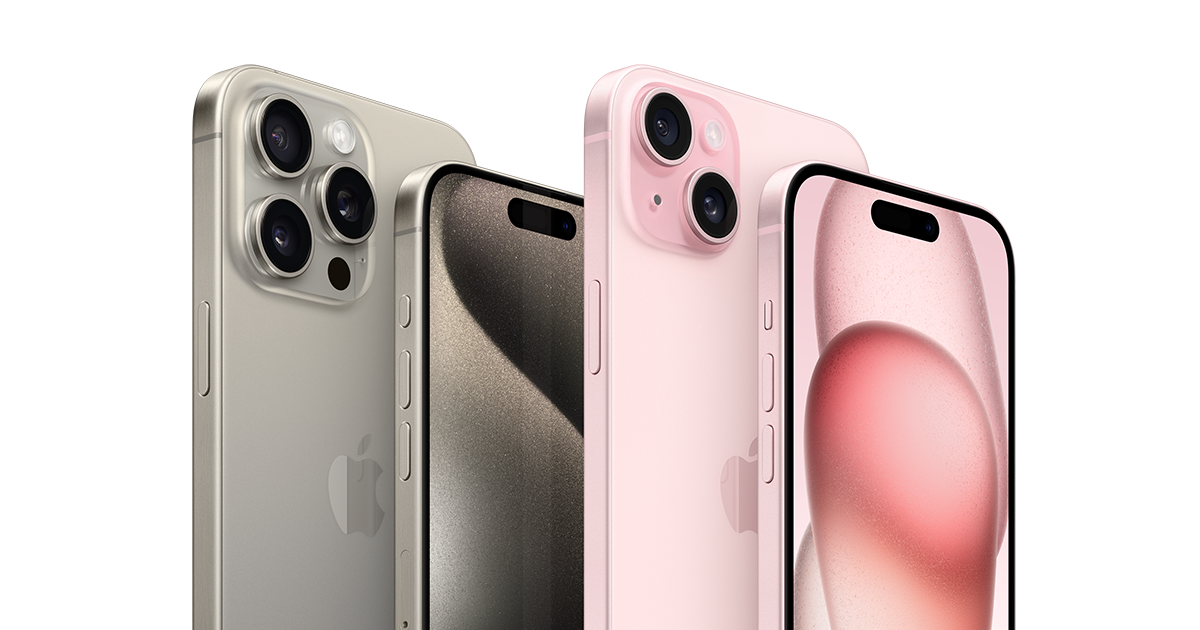Building Apple Products: Merging Innovation and Craftsmanship
Introduction:
Apple Inc. has established itself as a global leader in technology and innovation. The sleek design, seamless user experience, and cutting-edge features of their products have captivated millions of users worldwide. But have you ever wondered about the intricate process behind building these iconic devices? In this blog, we will explore the journey of building Apple products, from concept to completion, and delve into the meticulous attention to detail that goes into each step.
1. Ideation and Design:
The process of creating an Apple product begins with ideation and design. Apple's design team, known for its meticulous approach, explores new ideas and concepts, aiming to revolutionize the user experience. This stage involves brainstorming sessions, research, and user testing to ensure the product meets the needs and desires of consumers. Designers focus not only on functionality but also on aesthetics, striving to create visually appealing products that resonate with Apple's brand identity.
2. Engineering and Prototyping:
Once the design concept is finalized, engineers start turning the idea into reality. They meticulously analyze every component and functionality, optimizing performance, and ensuring seamless integration. Prototypes are created to test and refine the design, allowing for adjustments and improvements before mass production. Apple places great importance on the user experience during this phase, refining details like weight, ergonomics, and interface responsiveness.
3. Supply Chain and Manufacturing:
Apple's supply chain is a well-oiled machine, allowing for the efficient production of their devices. The company works closely with suppliers to ensure the highest quality components are sourced ethically and sustainably. Apple's commitment to reducing its environmental impact is reflected in its supply chain practices, such as using renewable energy and minimizing waste. Manufacturing takes place in state-of-the-art facilities, where skilled technicians assemble and meticulously test each device to ensure they meet Apple's stringent standards.
4. Software Development:
While hardware is essential, Apple's success lies in its seamless integration of hardware and software. Apple's software developers create the intuitive operating systems and applications that power their devices. Extensive testing and optimization are conducted to enhance performance, security, and user experience. Apple's closed ecosystem allows for tight integration between devices, providing users with a seamless and interconnected experience across their products.
5. Quality Control:
Quality control is of paramount importance at Apple. Rigorous testing is performed at various stages of production, ensuring that each device adheres to the highest standards. Apple's quality control teams meticulously inspect and evaluate every aspect of the product, from its physical appearance to its performance and functionality. This attention to detail ensures that customers receive products that are reliable, durable, and free from defects.
Conclusion:
Building Apple products is a harmonious blend of innovation, design, engineering, and craftsmanship. From the initial concept to the final product, Apple's dedication to excellence shines through every step of the process. The meticulous attention to detail, focus on user experience, and commitment to sustainability have made Apple products synonymous with quality and innovation. As Apple continues to push the boundaries of technology, we can only anticipate more groundbreaking products that will shape the future of consumer electronics.
Disclaimer: This blog is a fictional representation and does not disclose any proprietary information about Apple Inc.

Comments
Post a Comment